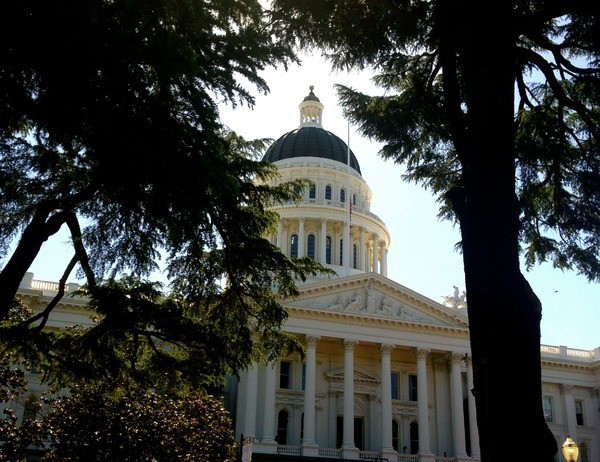
Via Agricultural Council of California
By Emily Rooney, Ag Council President
With absentee ballots awaiting our decisions and a flurry of campaign ads on the airwaves, it is clear we are back in another election cycle. What is unique about this election year is the escalating battle between California and the Trump Administration on almost every issue from immigration to climate change. We have heard a lot about the U.S. EPA taking on California over emissions standards lately, but according to the LA Times, California has 32 lawsuits against the Trump Administration on a multitude of issues. Clearly, the rift between the state and federal government will only continue over the next few years.
Does this battle matter to voters? The answer is hard to say to definitively say. It is apparent the leadership in the state Democrat Party seems to think so since the top leaders often wage the battles. And, voter registration numbers in the last two years have gone slightly in their favor, which may prove they are right. Take a look:
Secretary of State’s Voter Registration Statistics
Democrat Republican No Party Preference (NPP)
January 2016 43.1% 27.6% 24%
January 2018 44.6% 25.4% 25%
Not only is the Republican Party outnumbered by No Party Preference (NPP) registered voters when combined with other lesser known party registrations like the Green Party, but it is the GOP—as opposed to the Democrat Party—that is losing more of those voters who are moving over to NPP.
In order to win the general election in November, a Republican candidate would have to pick up every Republican vote and the vast majority of NPP voters. This assumes that all Democrats will vote for their candidate at the current 44.6 percent.
So, what counties have the most voters in the NPP category?
The list of top 10 counties with voters in this category leads with San Francisco, and also includes Los Angeles, Alameda and Santa Clara counties. Not surprisingly, data by the Public Policy Institute of California shows Los Angeles and Bay Area residents have more progressive leaning beliefs than the inland and other regions.
If this is a pure numbers game, it does not look good for a Republican heading into the November gubernatorial general election. Couple that with the following factors: 1) the general election sees more left-leaning voters and 2) the party of the U.S. president usually takes a hit in the midterms. In this case, the outcome skews even further to the left, if history repeats itself. For Californians, this means that absent a rather significant political scandal, it is highly likely a Democrat gubernatorial candidate wins in November.
This is why you heard Democrat gubernatorial candidate and current Lieutenant Governor Gavin Newsom saying during the recent debate that it is no secret he would like Republican John Cox to be his opponent in November. It is because Newsom knows his chances of winning are much greater!
The important take away from these numbers is that moderate and conservative voters in California have more influence in a general election if two candidates from the Democrat Party are on the November ballot. At this point, Democrat voters would likely split, with moderate and conservative voters potentially having more control over the final outcome.
Ag Council members should think about what they want the outcome to be in November before they cast their vote in the June primary because, this time around, it seems the June primary has the potential to either lock in the final outcome, or make it a very interesting run through November.
